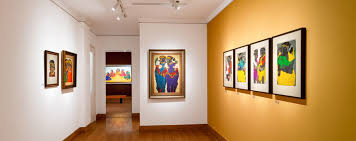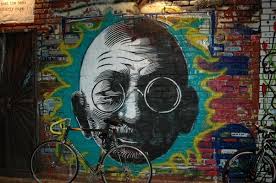
Menu

Language is identity—and street artists are using regional scripts as bold visual elements. Whether it’s Tamil, Bengali, Gujarati, or Malayalam, local languages are now appearing proudly in graffiti and murals, making city walls speak in familiar tones.
This trend challenges the dominance of English or Hindi in public spaces. It celebrates linguistic diversity and reconnects communities with their roots. A simple phrase in Kannada or a poetic line in Assamese becomes more than words—it becomes public affirmation of culture.
Artists stylize scripts, transforming letters into swirling shapes, geometric patterns, or layered calligraphy. The language itself becomes art. Sometimes, the content is poetic; other times, it’s humorous or rebellious.
In areas where language is tied to political identity or cultural pride, this form of art becomes especially powerful. It asserts presence, resists homogenization, and sparks dialogue.
These murals also encourage language learning. Viewers unfamiliar with a script may feel curious to decode the meaning—creating engagement and cultural exchange.
By painting in local languages, artists create street art that’s both deeply personal and widely inclusive. It’s a way of saying: this wall speaks our language.

@THE INDIAN ART COTTAGE
© The Indian Art Cottage | All Rights Reserved | 2025